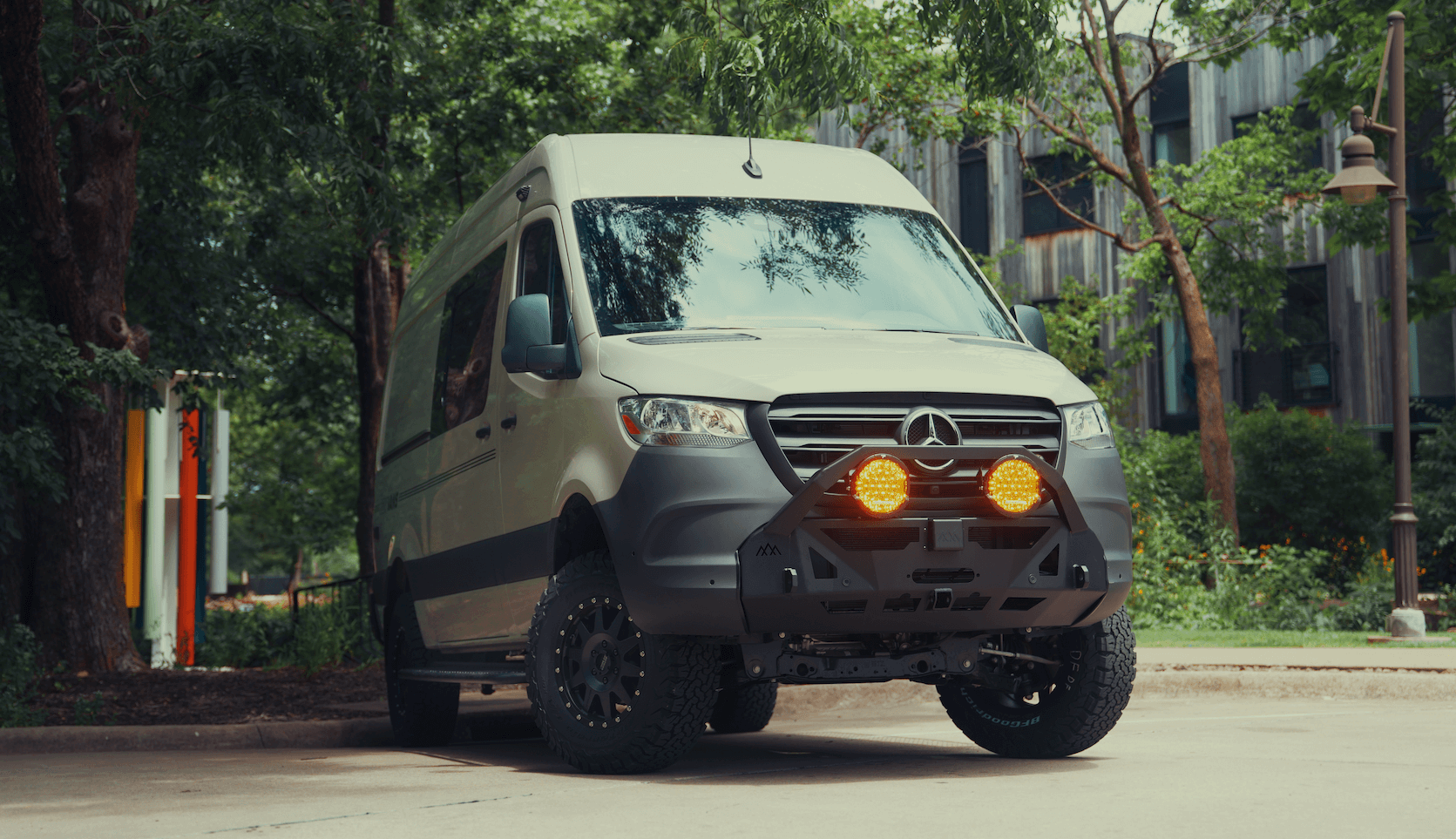Recreational Vans

Solar shines when you park often, camp off grid, or want silent charging while you hike, ride, or sleep. It is passive, fuel free, and gentle on batteries. But solar is weather bound. Winter angles, tree cover, and parking garages cut yield. Portable panels can help you chase sun, yet add setup time and theft concerns. For most vans, solar is steady background power for fridges, fans, lights, and device charging, not a single source for large inverters or air conditioning.
Alternator charging taps the engine to replenish the house battery through a DC DC charger. Unlike old school isolators, a modern DC DC unit regulates current and provides the right absorption and float voltages for AGM, lithium, or gel. That protects both the alternator and your battery while ensuring a complete charge cycle. Typical units range from 30 to 60 amps, so a 60 amp charger can push about 720 watt hours per hour of drive time at 12 volts, minus conversion losses.
Vehicle electronics matter. Many newer vans use smart alternators that vary voltage for efficiency. A DC DC charger is essential here to ensure consistent charging. Wiring gauge and run length are critical to limit voltage drop and heat. Fuse both ends near the power source and battery, secure cables against abrasion, and verify proper grounding. Alternator charging is best for high daily loads, short daylight windows, and travel days that naturally produce engine run time. Idling solely to charge can be wasteful and may violate local rules, so plan around actual drive time whenever possible.
Choosing between them is really choosing how you camp.
AGM prefers multi stage charging at lower currents relative to capacity and appreciates temperature compensation. Lithium iron phosphate accepts high charge rates and benefits from full absorption to reach 100 percent state of charge for cell balancing. A programmable MPPT controller and a DC DC charger matched to battery specs will protect cycle life and maximize usable capacity.
Undersized wire causes voltage drop and heat. Size conductors by current, length, and acceptable drop, and use marine grade tinned copper where possible. Fuse within seven inches of the battery and as close to sources as practical. Add proper strain relief, abrasion protection, and ventilation around chargers and controllers to shed heat under heavy loads.
Solar has higher upfront hardware and installation cost per watt, but near zero operating cost. Keep panels clean and check mounts for movement. Alternator charging hardware costs less per watt of delivered energy but uses fuel and adds wear to the engine if idled. Budget for a quality DC DC unit, heavy cabling, and tidy integration that is serviceable on the road.
The most reliable vans combine a right sized roof array with a DC DC charger tuned to the battery and vehicle. Solar carries the easy daily loads when parked. Alternator charging handles recovery after heavy nights, cloudy weekends, or power hungry workdays. Size the system from a real energy audit, not guesses. Measure your daily consumption, consider your climate and parking style, and then pick the mix that keeps depth of discharge shallow and uptime high.
If you want a professional spec and installation, OZK Customs builds complete power systems inside fully equipped recreational vans. Our team integrates solar arrays, MPPT controllers, DC DC chargers, and battery banks as part of our custom van builds. If you prefer a finance friendly starting point, explore our mainstream vans platforms and add the charging package that fits your travel.
Tell us how you camp, drive, and power your day. We will design and install a dependable solar plus alternator system that matches your battery chemistry, van platform, and goals. Submit the form and let OZK Customs turn your power plan into a road ready reality.
Ready to design a charging system that just works? Tell us how you travel and what you power, and we will spec, install, and test a balanced solar plus alternator setup built for real world use. Submit the form to start your custom van power plan with OZK Customs.
ADDRESS:
6159 E Huntsville Rd, Fayetteville, AR 72701
PHONE:
(479) 326-9200
EMAIL:
info@ozkvans.com